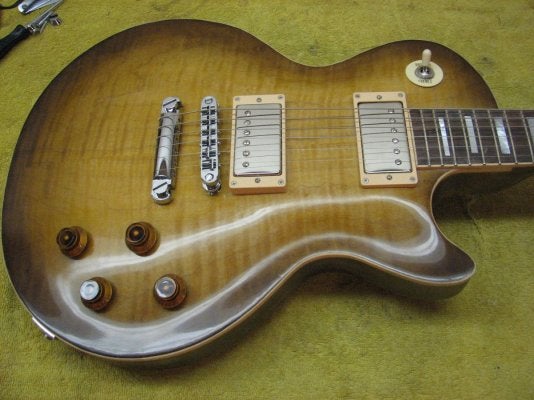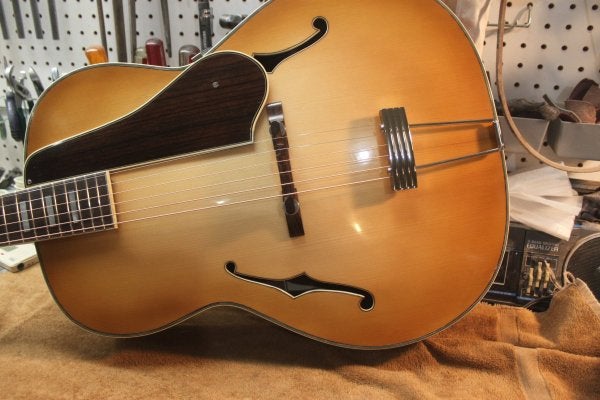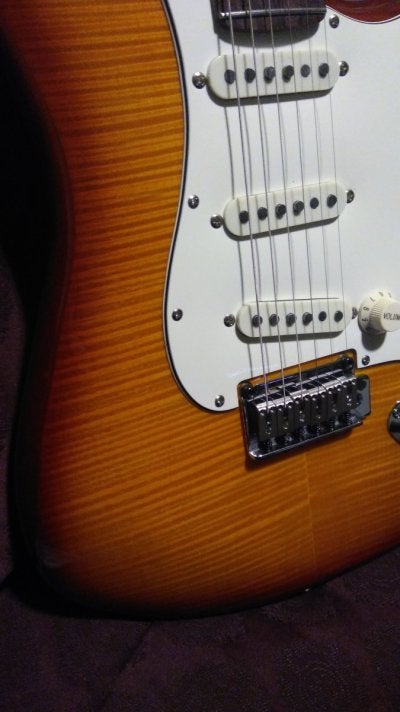Ljislink24
Tele-Holic
I've never attempted a burst finish & looking for some insight on this Fender Honey Burst & if anyone has done one like this with spray cans. It's such a light burst I'm not even sure that was done with tinted lacquer or just stain ? The only color that's close I've seen in spray cans is Stew Mac cherry burst. Fender color is this,
 www.fender.com
www.fender.com
Stew Mac,
 www.stewmac.com
www.stewmac.com
Thanks for any advice on spraying a burst !
American Performer Telecaster® | Electric Guitars
American Performer Telecaster®, Rosewood Fingerboard, Honey Burst
Stew Mac,
ColorTone Cherry Sunburst Spray Set - StewMac
The colors you need for creating a 2-tone vintage cherry sunburst.
Thanks for any advice on spraying a burst !





